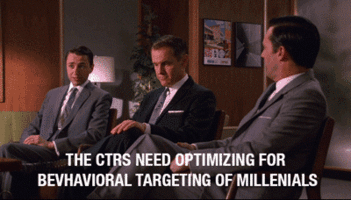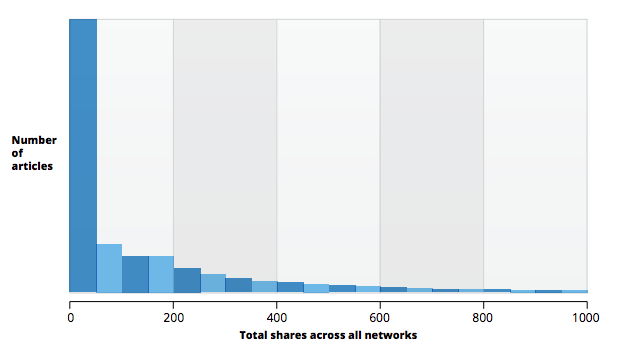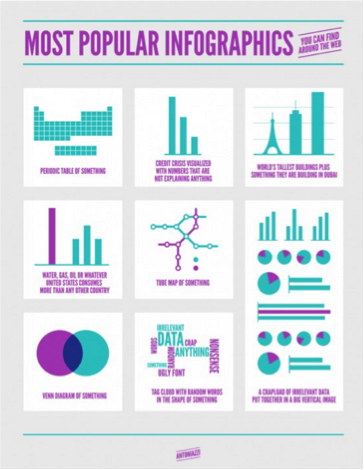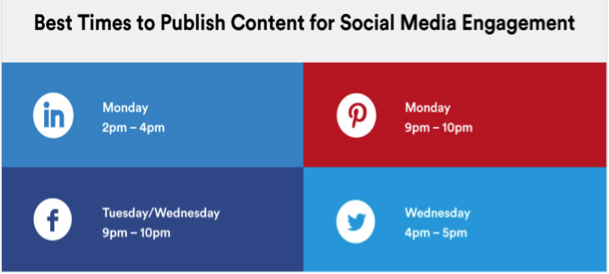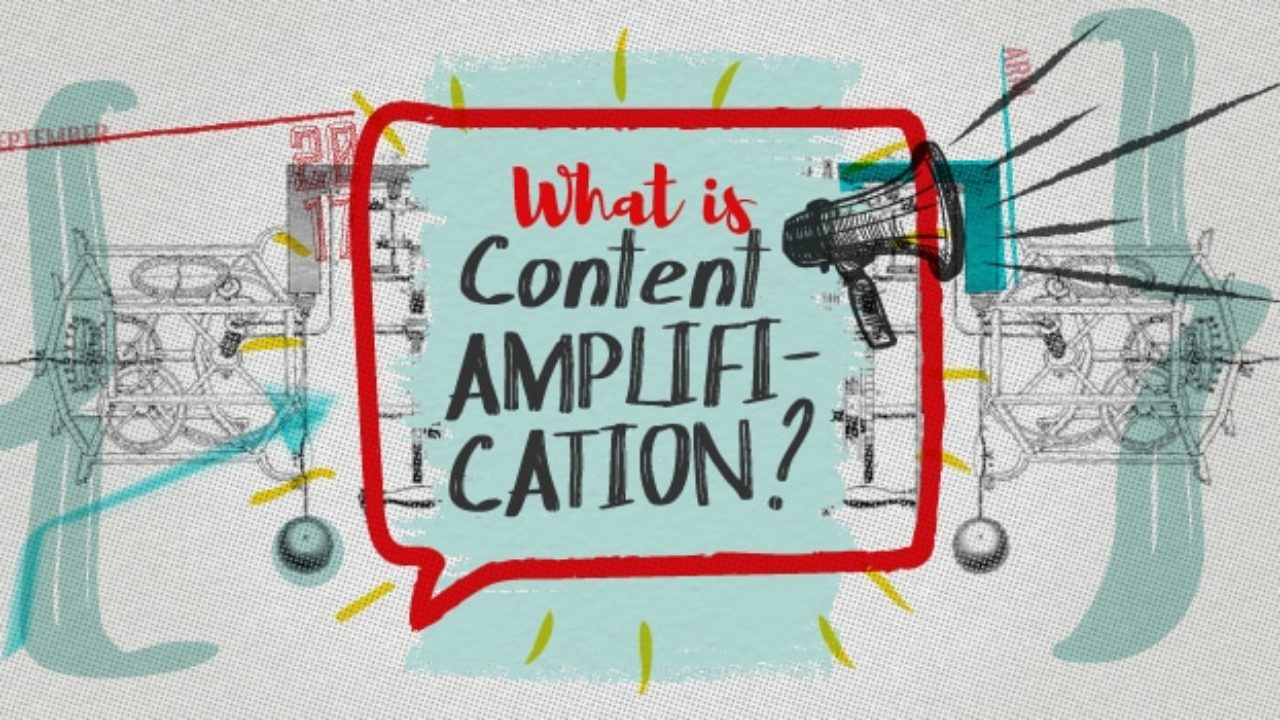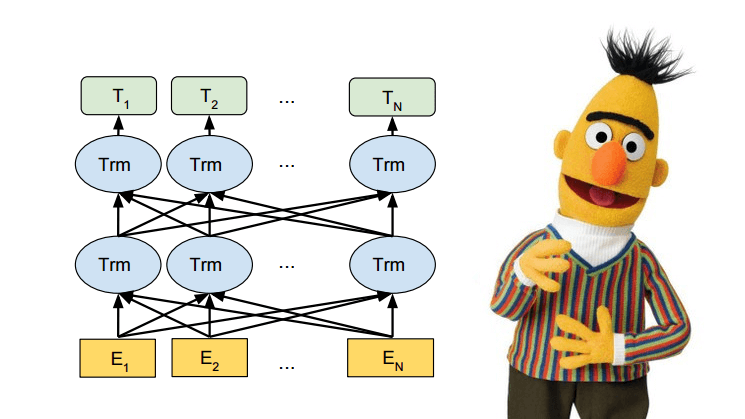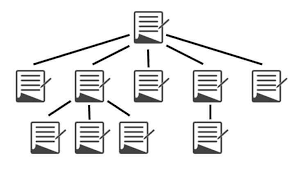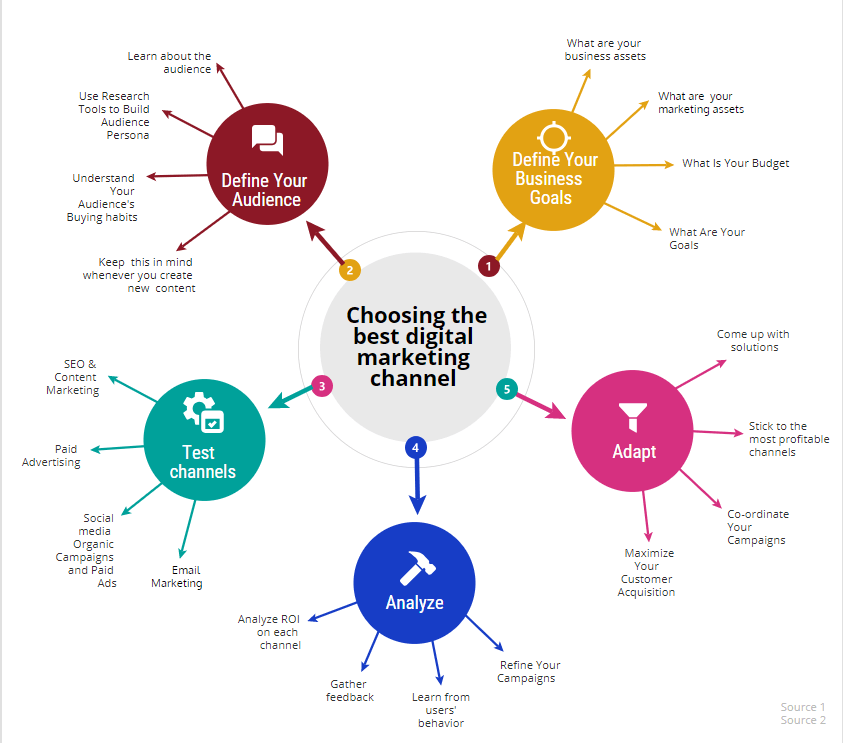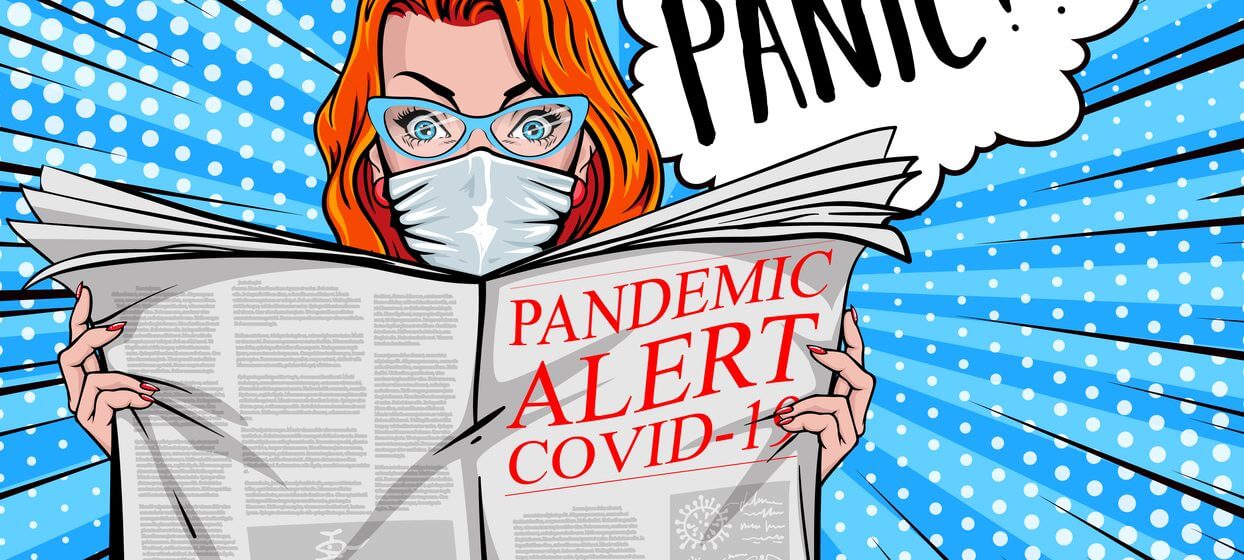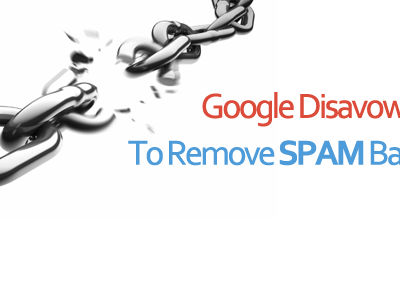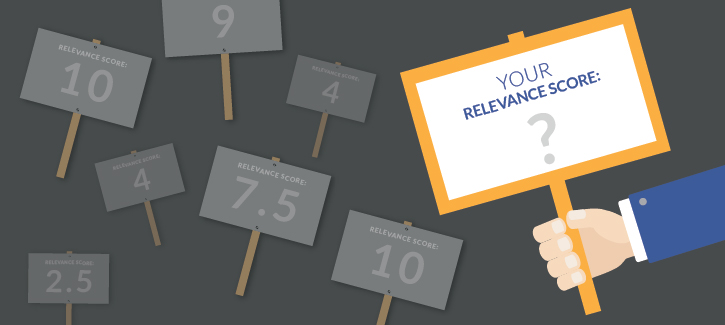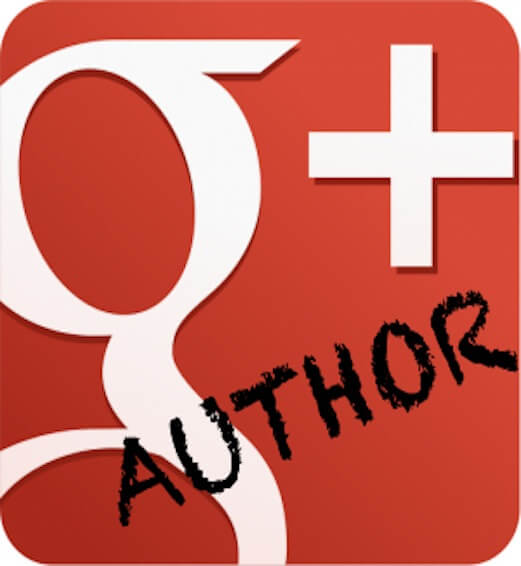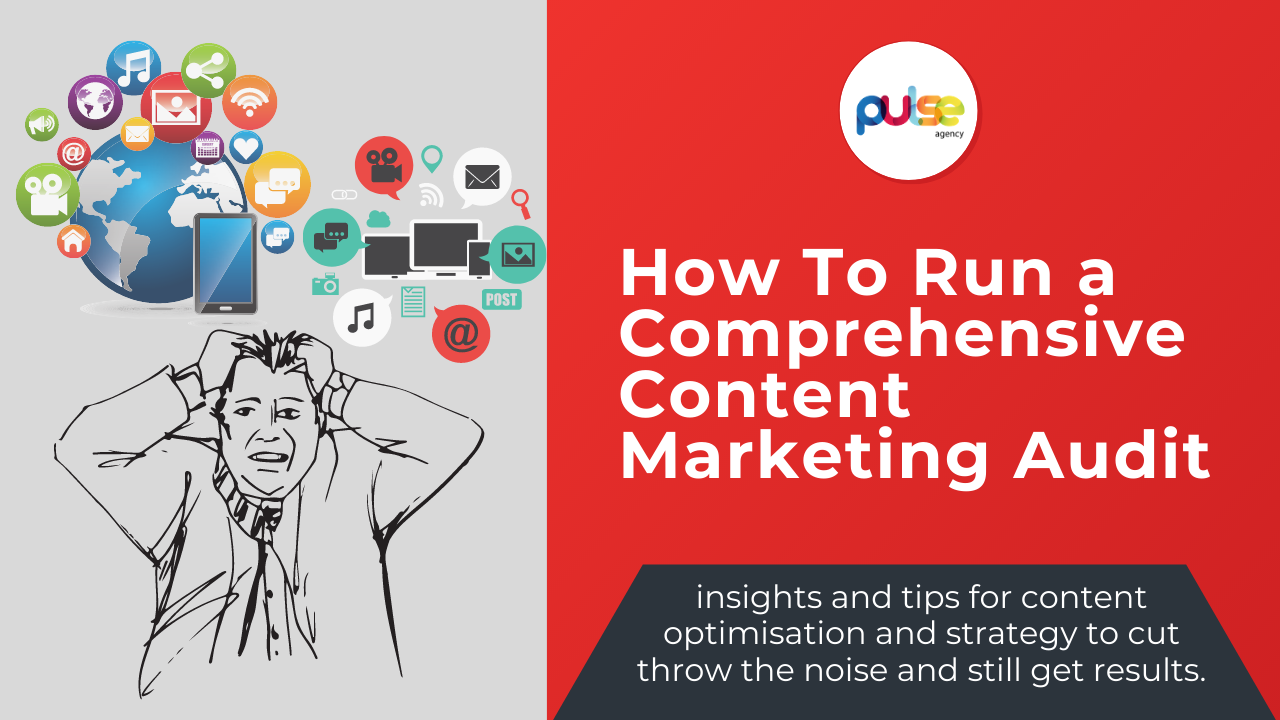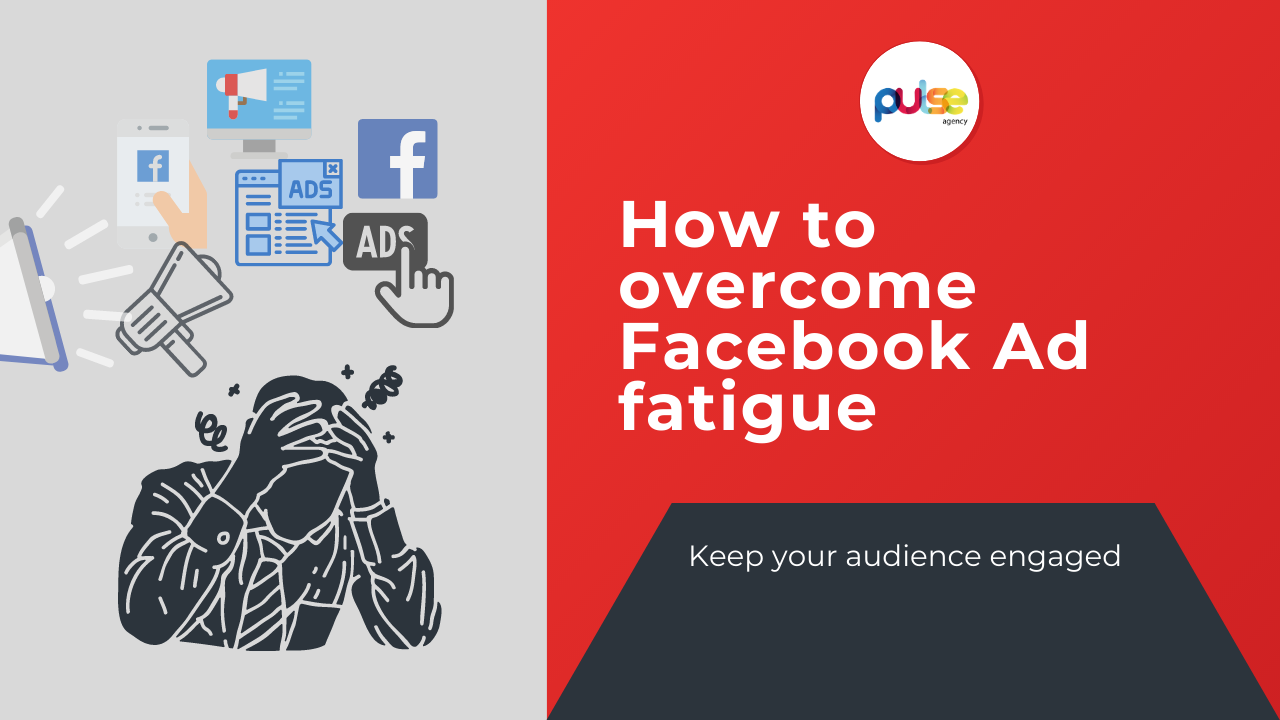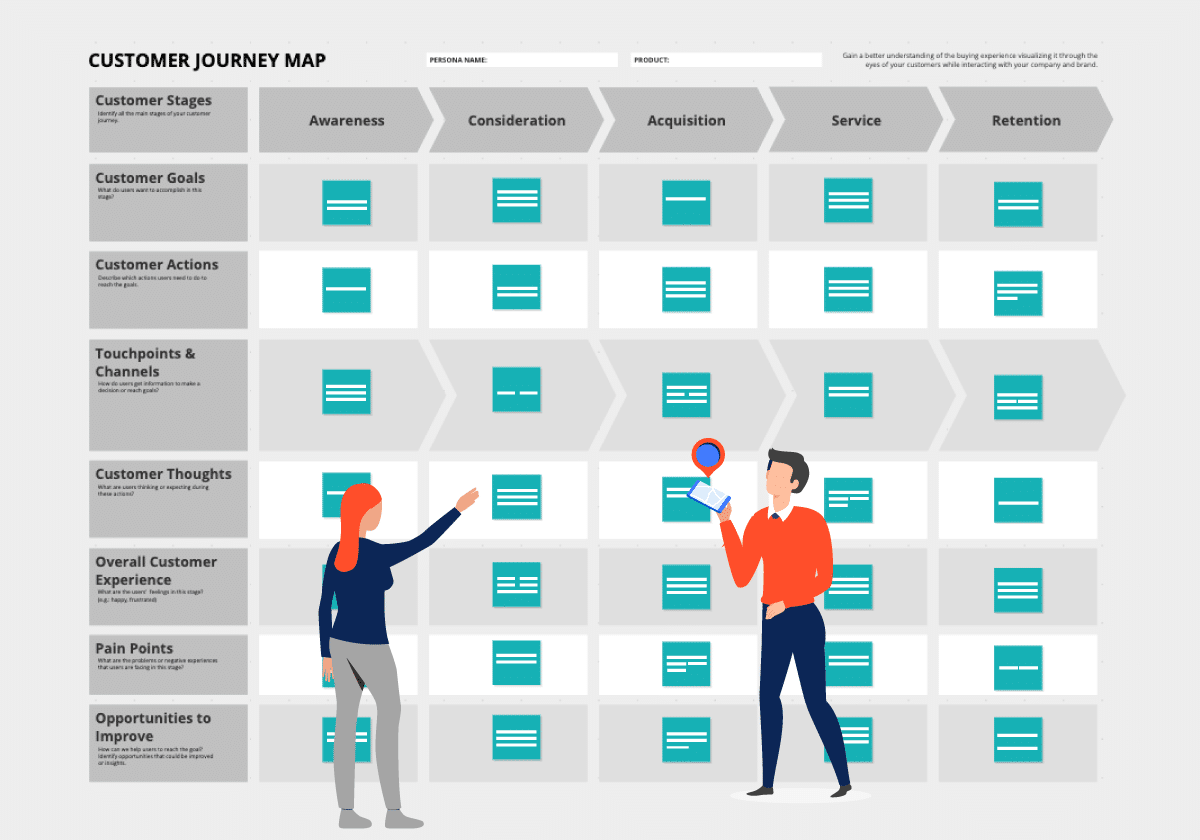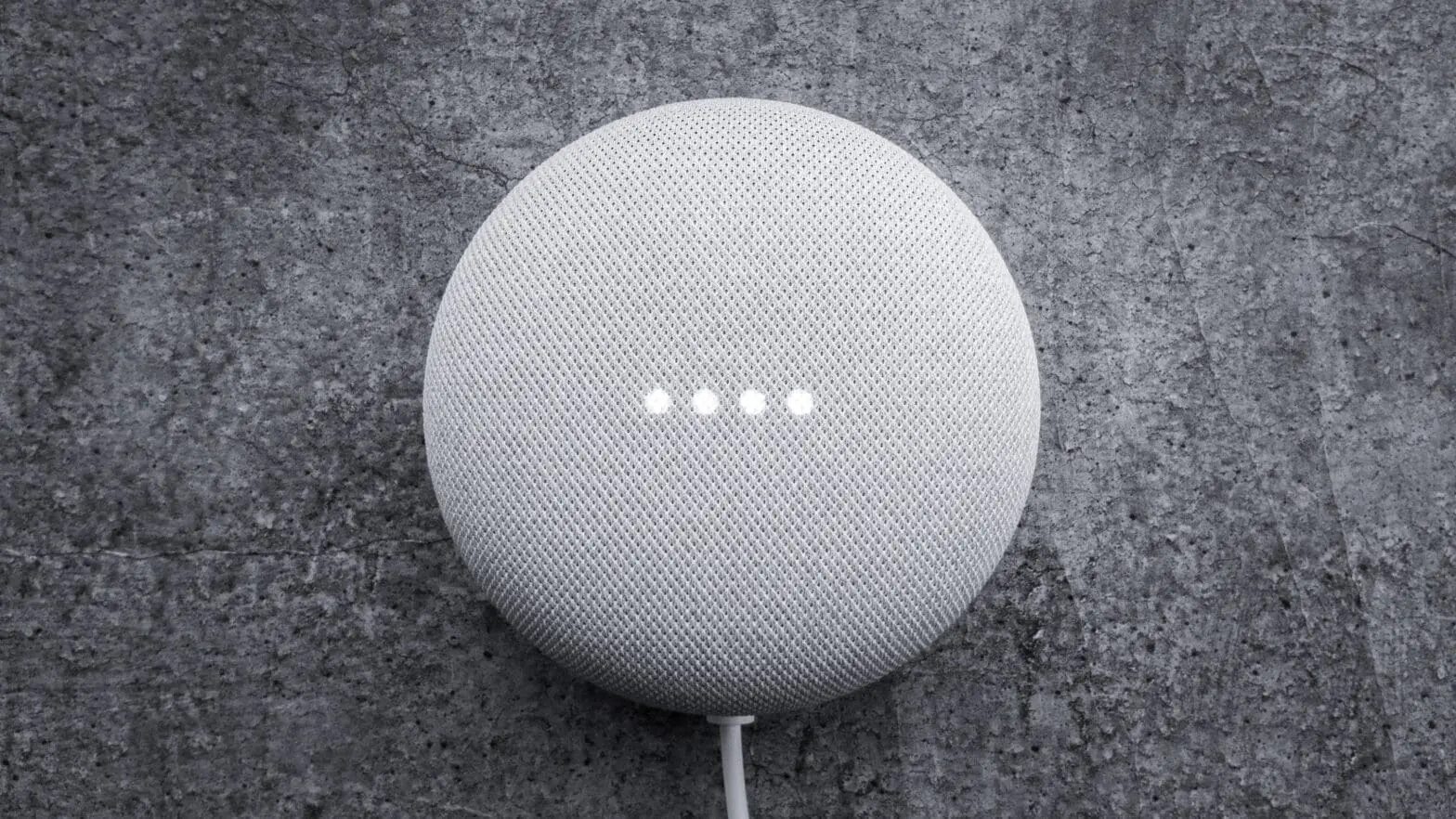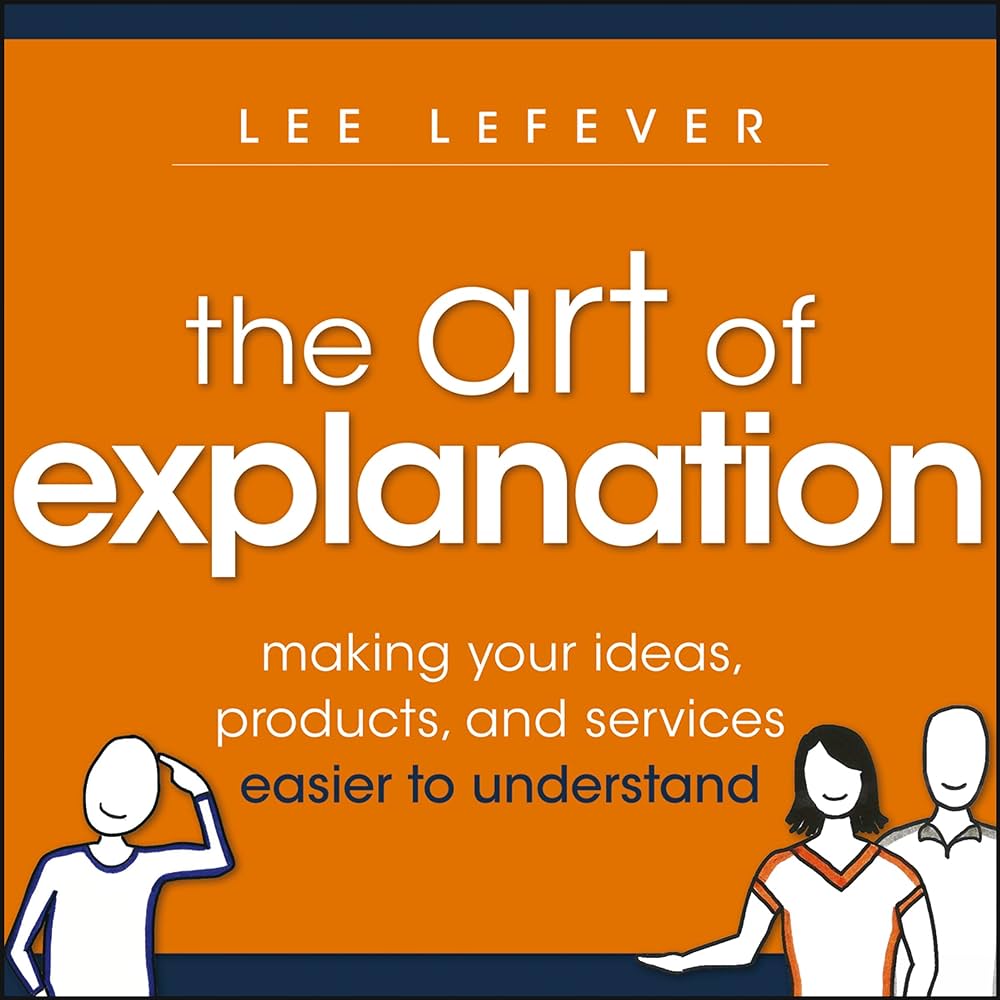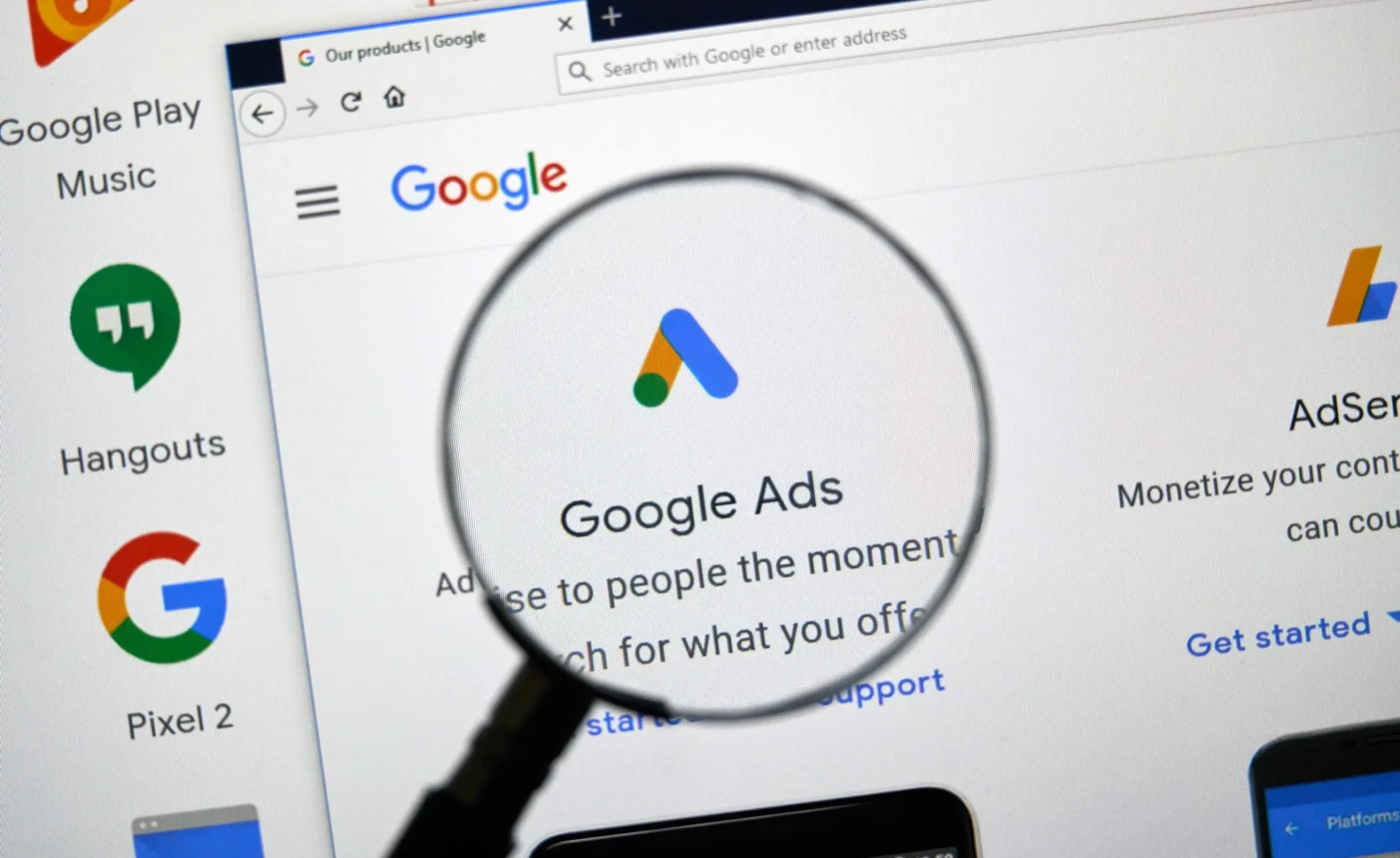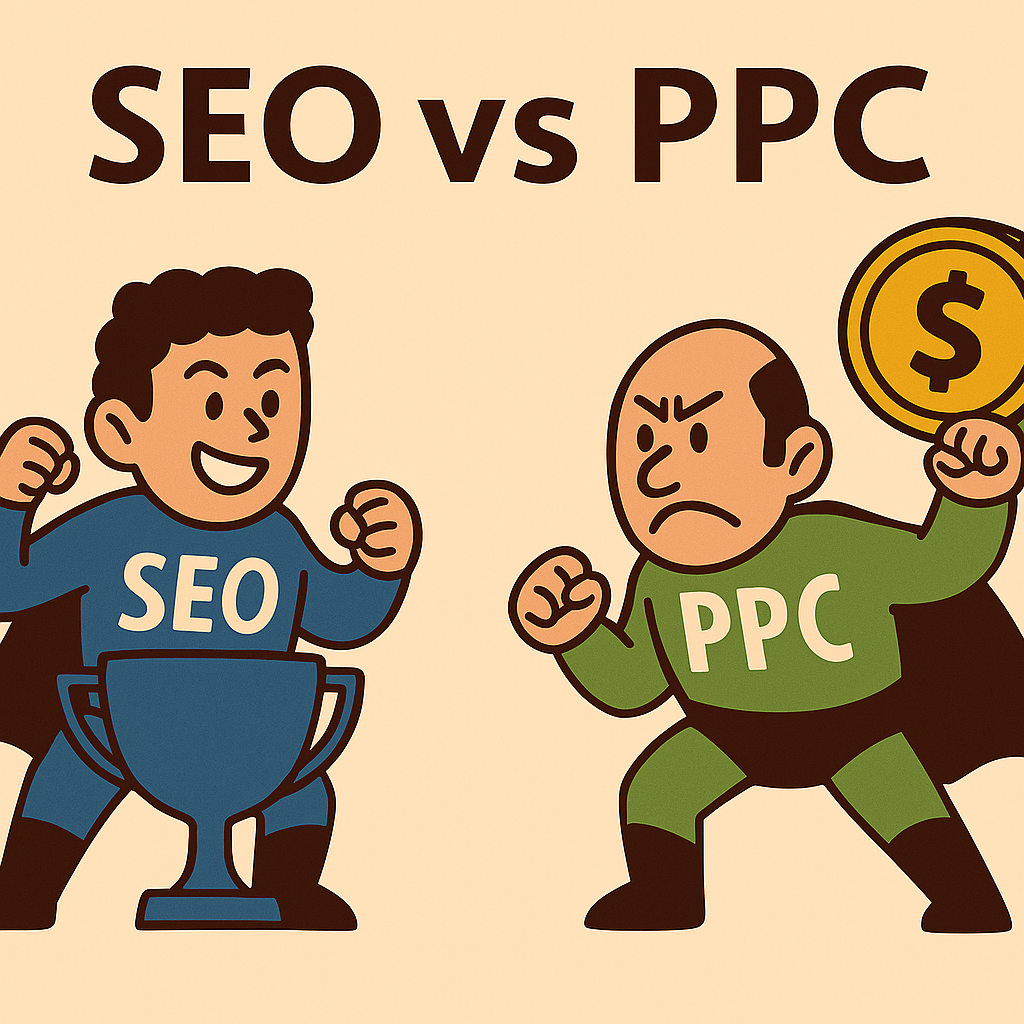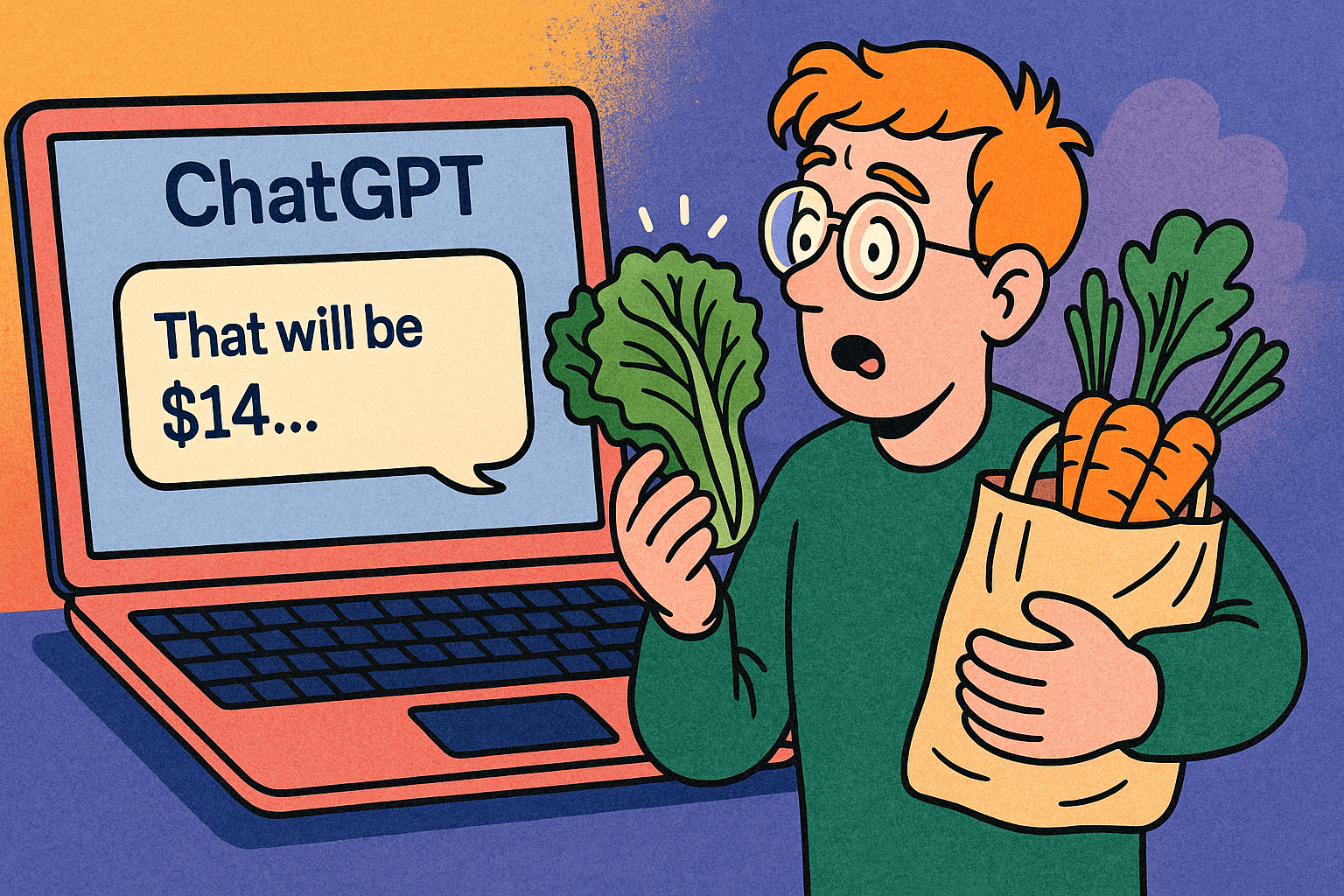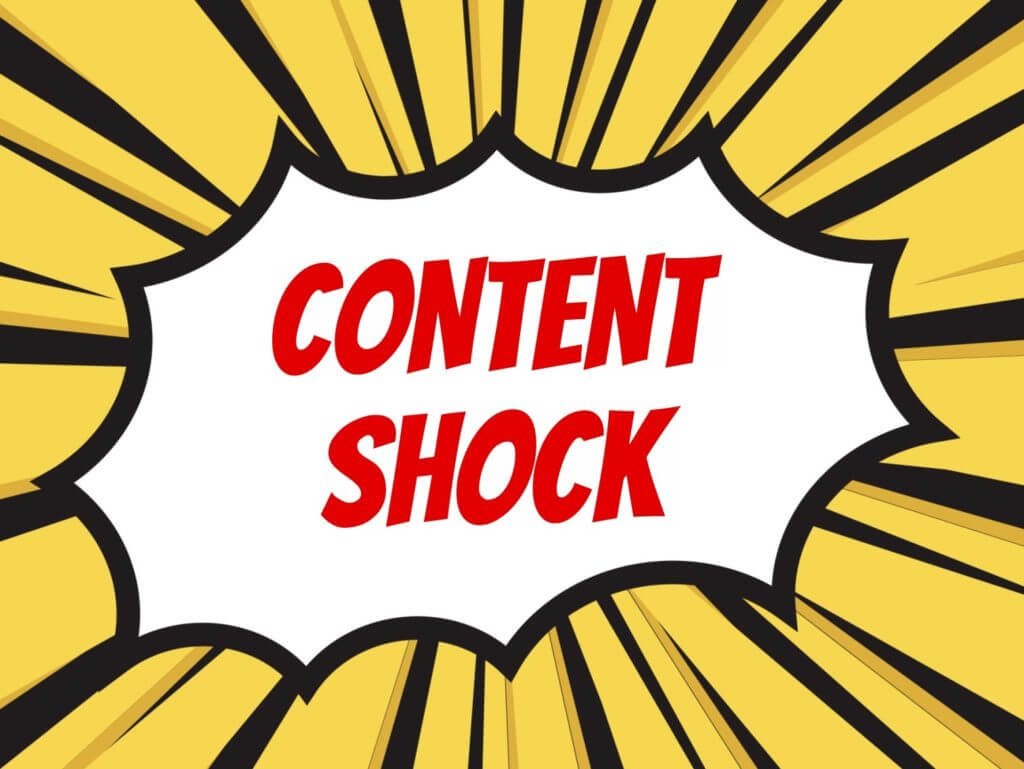
How to get attention in the content shock era
Content Marketing Link Building SEO Social Media
How to Get Attention in the Content Shock Era If you’re seeking shares and links, research indicates that the manner and form of the content are almost as important as the content itself. Some popular content forms among online producers do not garner the desired attention, while other formats stand out as champions. Research […]
How to Get Attention in the Content Shock Era
If you’re seeking shares and links, research indicates that the manner and form of the content are almost as important as the content itself. Some popular content forms among online producers do not garner the desired attention, while other formats stand out as champions.
Research Insights
Steve Rayson at Moz Blog (moz.com) analysed one million articles from some of the world’s most popular media websites, including Pew Research and The Economist. His conclusions are straightforward: most content is not being shared or linked. ‘Listicles’ and videos are the most effective, and surprisingly, long-form content may also be worth the effort.
The Sad Majority
Here’s the uncomfortable truth: much of the online content may be wasted effort. Research suggests that up to 50% of online content goes virtually unnoticed.
Mark Schaefer, author of The Content Code, describes this phenomenon as “content shock”. It is the point where the human capacity to absorb information is maxed out while content production continues to rise exponentially. Essentially, there is too much content available.
Rayson’s analysis of 100,000 random articles showed that about three-quarters had fewer than one external or referring domain link. This aligns with other independent research in the field. Of the one million articles studied, 50% had fewer than three Facebook interactions and fewer than three Twitter shares.
Distribution and Performance
The distribution of shares, links, and interactions isn’t centred around the average. Instead, a few articles go viral, skewing the overall picture. Rayson notes that some articles received millions of shares, which can mislead those only looking at averages.
Effective Content Formats
What should content creators do? Chase viral success or accept that most content won’t be read and hope for occasional success? The answer lies in the sensible approach to format and content.
The Relationship of Shares and Links
Shares and links are different. The average person is likelier to share that link, while long-form content writers, like bloggers, are more inclined to link. Highly shared and linked articles often come from major publishers and news sites, especially long-form opinion and editorial content. This indicates some value in long-form, opinion-forming content.
Format Matters
Good content needs the correct format. Recent data suggests listicles are the most popular for achieving shares and links. Videos also perform well—formats like quizzes, “why” and “how-to” posts and infographics are less effective.
The Importance of Lists
Lists perform exceptionally well because they offer a quick, satisfying read. Psychologist Tomas Chamorro-Premuzic notes that lists give a fake sense of logic and rationality. They are popular because they provide quick dopamine hits and are time-efficient. The Guardian article has more on this.
Videos in the Spotlight
Videos also do well, with high average shares. The popularity of videos is recognised, especially in entertainment markets like talk shows, where segments are shared across social media platforms.
Poor Performers
Quizzes and “why” or “how-to” posts do not perform as well, although they can have their moments. Infographics, surprisingly, perform the worst.
Long-Form Content
Despite the popularity of short, snappy content, long-form content performs well in terms of shares and links. Rayson’s research suggests that comprehensive and evergreen content from serious publishers and news sites tends to perform best.
Timing
The best time to publish content depends on the platform. Tuesday and Wednesday evenings perform well for Facebook, while Thursday and Friday see peak engagement. Posting content multiple times can also help, though each platform has different rules. For more details, check out AddThis.com and Quicksprout.
Conclusion
Focus on the correct format and go for long, researched content rather than short pieces. Quality, well-researched content tends to get more shares and links. Including videos and lists can also boost performance.
But if you can throw some videos in there for good measure, that may be a good idea, too. Oh, and some lists, such as “10 best ways to conclude a lengthy editorial”.



